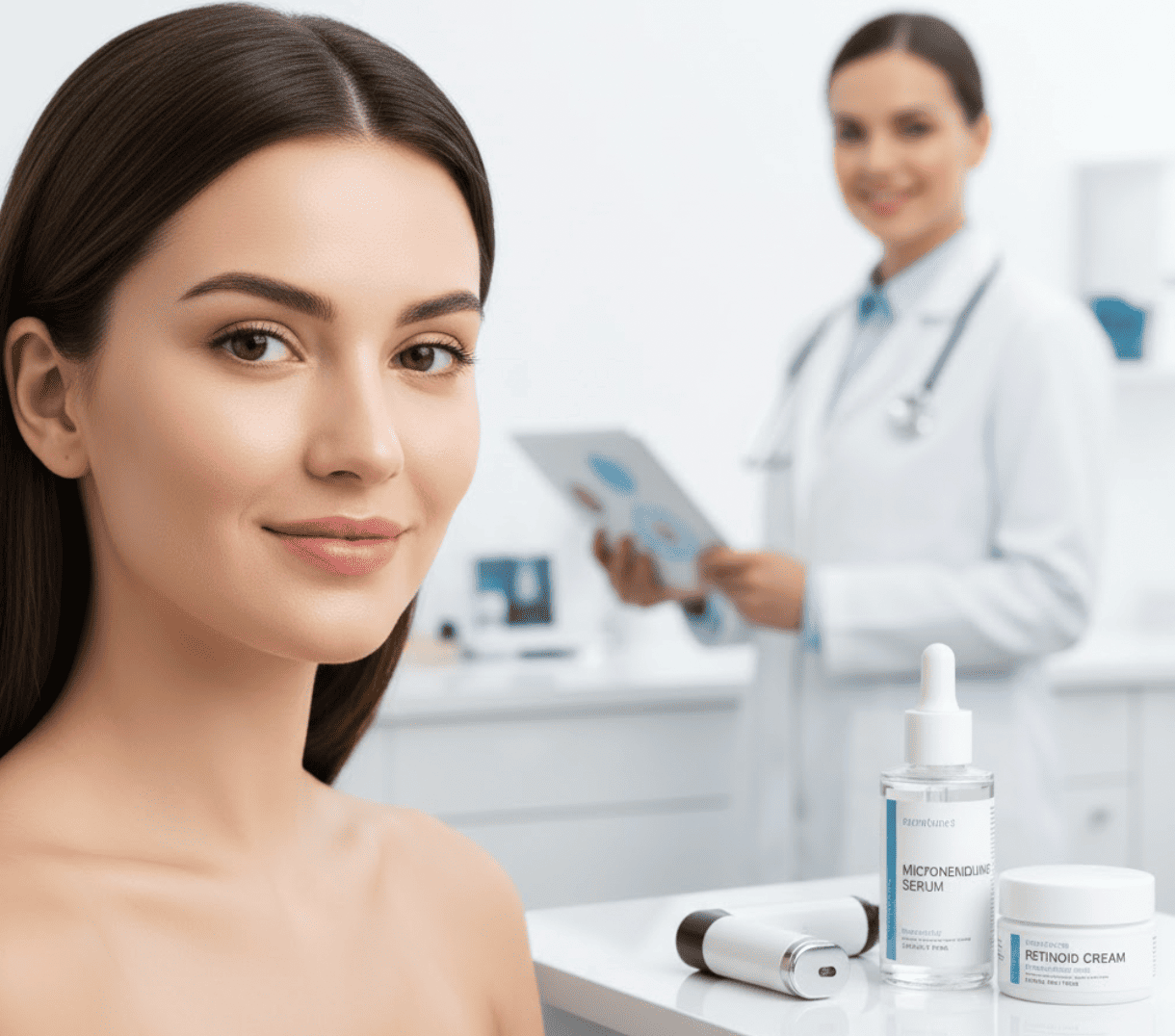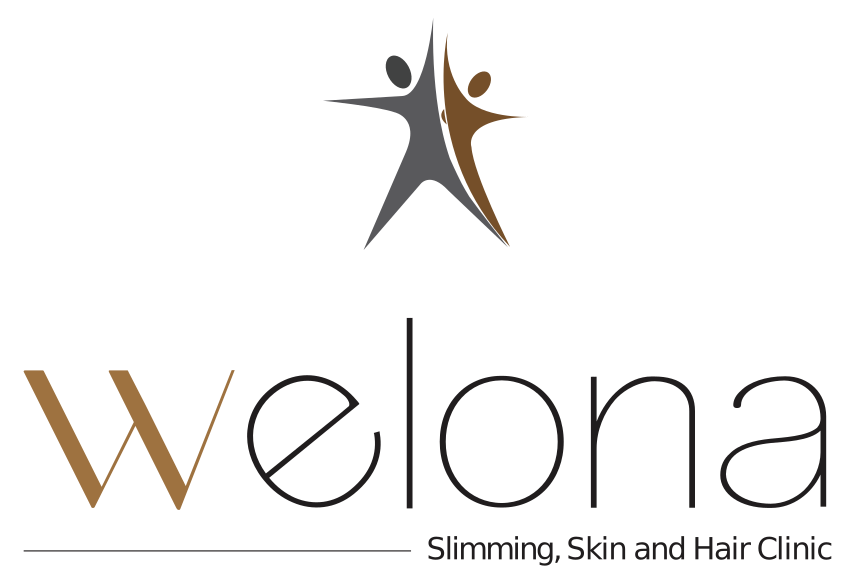Acne may fade, but the scars it leaves behind often linger – long after breakouts are gone. For many, these marks serve as constant reminders of past skin struggles, affecting confidence and self-image.
The good news?
Modern dermatology has evolved far beyond basic creams and peels. Today, a range of advanced, safe, and effective treatments can help smooth uneven texture, fade discoloration, and restore the clear, radiant skin you’ve always wanted.

What Are Acne Scars?
Acne scars form when deep inflammation damages the skin’s tissues during the healing process. When the body produces too much or too little collagen, it leaves behind uneven texture or pigmentation.
There are three main types of acne scars:
Atrophic Scars (Indentations):
The most common type, including ice-pick, boxcar, and rolling scars caused by collagen loss.
Hypertrophic or Keloid Scars:
Raised, thick scars formed when the body produces excess collagen.
Post-Inflammatory Hyperpigmentation (PIH):
Dark spots or patches that remain after acne clears more common in deeper skin tones.
Understanding your scar type helps your dermatologist design the most effective, customized treatment plan for your skin.
Why Creams Alone Aren’t Enough
While topical treatments like retinoids and vitamin C serums can help fade mild discoloration, they can’t remodel the deeper layers of the skin where scars form. That’s where modern skin technologies come in.
Effective Treatments for Acne Scars
1. Fractional Laser Resurfacing
One of the most effective solutions for acne scars, fractional lasers target microscopic zones of damaged skin while leaving surrounding tissue intact. This triggers natural healing and collagen renewal, leading to smoother, firmer skin over time. It’s ideal for atrophic (indented) scars and uneven texture.
2. Microneedling with Radiofrequency (RF)
This treatment combines microneedles and RF energy to penetrate deep into the skin, stimulating collagen remodeling without damaging the surface. It’s safe for all skin types and works exceptionally well for rolling scars and texture refinement.
3. Chemical Peels
Chemical peels exfoliate the outer layer of skin, helping fade pigmentation and boost cellular turnover. For mild scars and discoloration, peels with glycolic, salicylic, or trichloroacetic acid can deliver a visible glow and smoother tone.
4. Dermal Fillers
For deep boxcar or ice-pick scars, hyaluronic acid fillers can temporarily lift indentations and create a more even surface. Results are instant and can last for several months — often combined with collagen-inducing treatments for best effects.
5. Subcision
A minimally invasive procedure where a fine needle is used to break fibrotic strands beneath a scar. This releases the “tethering” that pulls skin inward, allowing smoother surface healing and improved contour.
6. PRP (Platelet-Rich Plasma) Therapy
When combined with microneedling or laser, PRP uses your body’s own growth factors to enhance healing, improve texture, and reduce redness — accelerating visible results.
The Takeaway
Acne scars don’t have to be permanent.
With advanced, evidence-based treatments, achieving clear, smooth, and confident skin is now possible without aggressive downtime or invasive procedures.At Welona, our dermatology experts assess your unique scar pattern and skin type to design a personalized treatment plan.
From lasers and RF microneedling to subcision and PRP, every solution is crafted to safely rebuild your skin from within helping you reclaim your natural glow, one session at a time.


